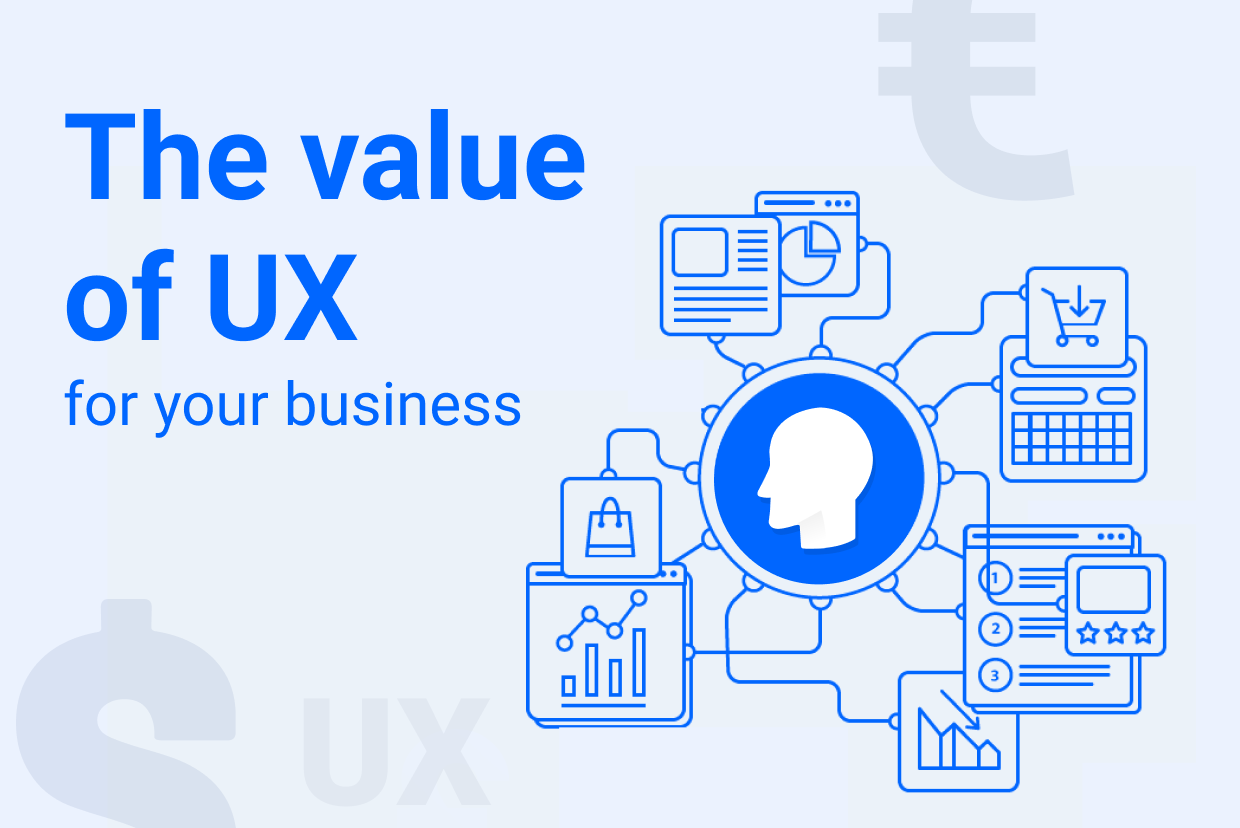|Naveed Ullah
Hi there, fellow UX lovers! Today, I want to discuss a deep understanding of something very important but underrated: accessibility of UX design. Stay with us if you are passionate about crafting products that bring value to the user and make them happy.

Why Accessibility is Crucial
First, let’s discuss why accessibility has that much importance. Assume a user is trying to navigate to the website, but the texts are so tiny, or the colors are mixing up, buttons and links are almost invisible. Annoying, right? Now consider the user also has motor limitations, hearing loss, or visual impairment. Now, these little annoyances convert into a big challenge.
UX design Accessibility is something which ensures the usability of the digital product for all the users no matter what their abilities or disabilities are. It all depends on empathy and inclusivity by making sure that every user should get a positive user experience. Moreover, it's not just a nice-to-have; in many places, the law mandates it. It is beneficial to get accessibility rights because neglecting it could lead to fines and legal action.
Important Guidelines for Accessible Design
So, how can we make our designs super user-friendly for everyone? Here are some key ideas to keep in mind:
- Perceivable: Make sure everyone can see and understand the content on your site. This means using high-contrast colors that stand out, providing text descriptions for images, and ensuring that your content can be displayed in different formats without losing its meaning.
- Operable: Your interface should be easy to use. This involves giving users enough time to read and interact with your content, making sure all functions are accessible via a keyboard, and keeping your headings and labels clear and consistent.
- Understandable: It should be possible for users to comprehend the data and how the user interface functions. Make your layouts consistent, keep your terminology basic, and assist users in avoiding and fixing errors.
- Robust: Information needs to be able to be understood by a broad range of user agents, including assistive devices. This entails writing error-free code and utilizing clear, semantic HTML.
Tips for Implementing Accessibility into Practice
Now, let's get into some practical tips. Here are a few things you can do to make your designs more accessible:
- Use Alt Text: Adding descriptive alt text is always helpful. It is the best option for users with visual impairments to know what exactly is on the page.
- Keyboard Navigation: All the interactive elements (like links, CTA buttons, and forms) should be accessible with the keyboard. The website should also be tested with Tab key, to see that all the features can be accessed or not with it.
- Color Contrast: You may use tools like color. Review to check the color contrast of your texts with their background. This is helpful in bright environments and users with visual impairments.
- Responsive Design: It is also necessary for you to ensure that your site works on all different sizes of device. Including keeps in mind users with the motor impairment making sure the touch targets area is large enough for them as well and it also includes the resizing of the elements.
- Caption Videos: The video and audio captions and transcriptions should also be provided for a better user experience. This is necessary for the users that have hearing impairments and reading is more convenient for them and also helpful for those who like reading instead of watching.
The Whole Picture
It is not just about marking the check boxes and following the guidelines, it is beyond that. It is about crafting a product that respects and values every user's ability. Accessible design does not mean a better user experience JUST for users with impairment but for every user. Because good design is always inclusive design.
So, the next time you are about to start a new project, take a moment to think of accessibility. These small steps are incredible of user experience. The usability in design is not just a right move but also a smart move.
I appreciate your time for reading and happy designing!

